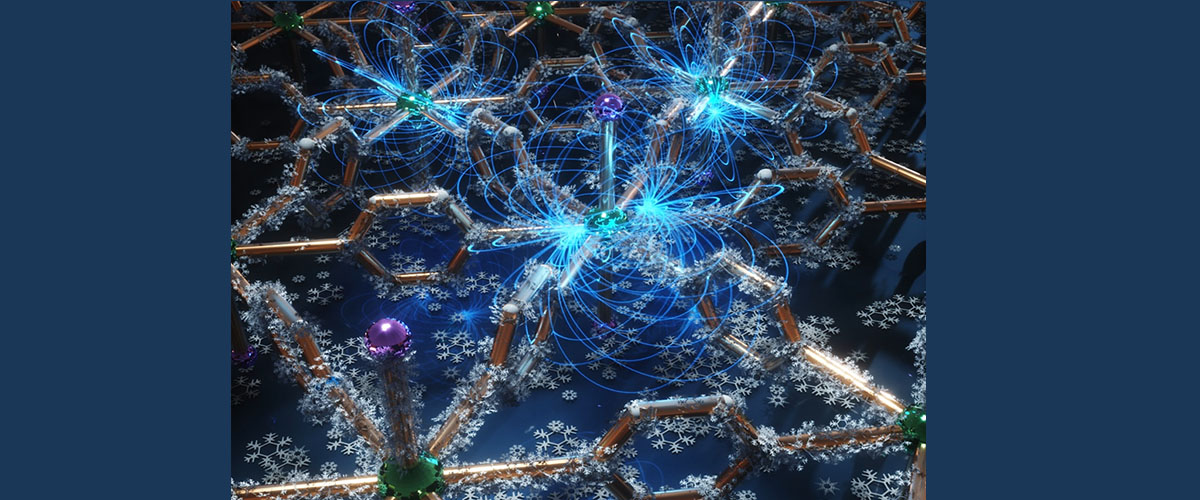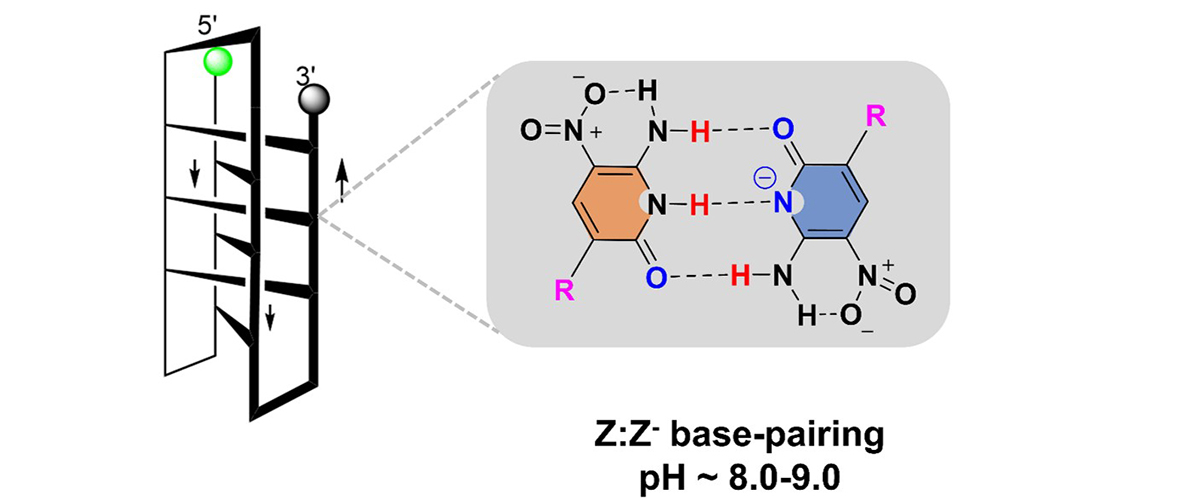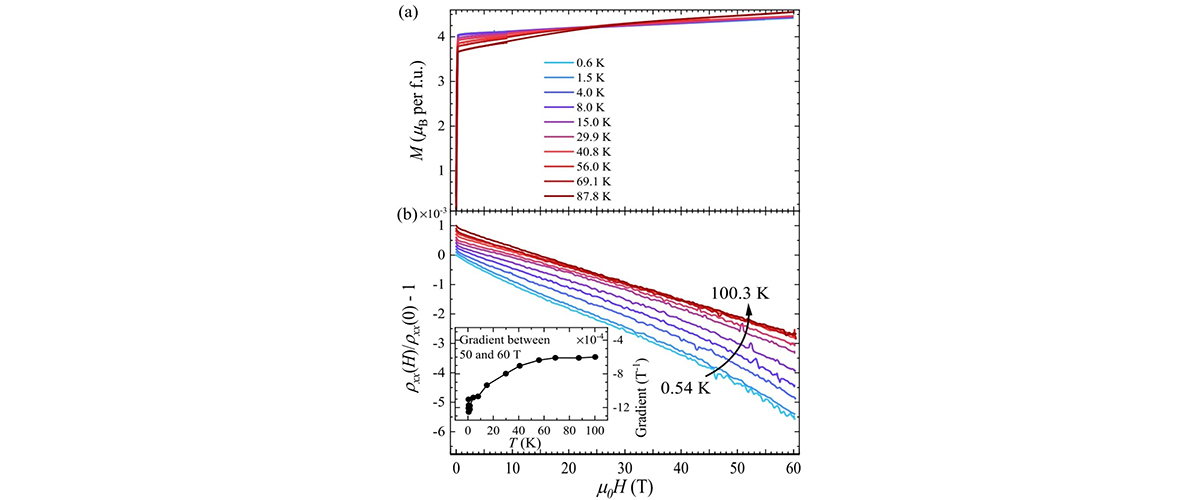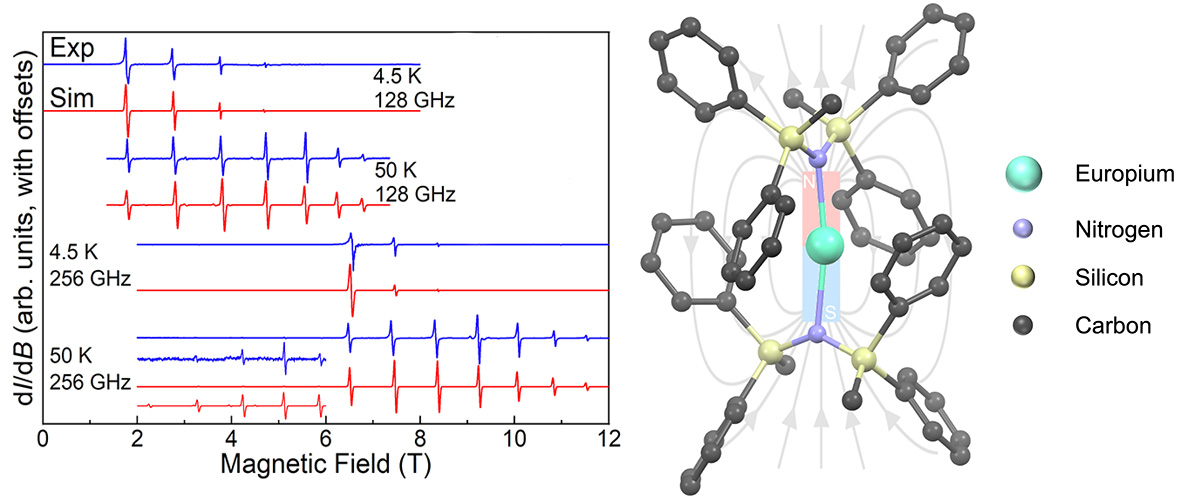What is the finding
Scientists discovered that a special arrangement of europium ions connected by organic molecules could be ideal for efficient magnetic cooling at extremely low temperatures. The triangular pattern prevents the europium ions from settling into an ordered magnetic state, keeping them disordered even at near absolute zero. This unique property makes the material promising for advanced cooling technologies.
Why is this important?
Scientists found that by briefly applying and then removing a magnetic field, a special material with europium ions can cool itself down. This could lead to efficient mini refrigerators for ultra-low temperatures, reducing the need for rare and costly helium-3, which is currently used for cooling below 1K.
Who did the research?
A.S. Manvell,1 M.A. Dunstan,1 D. Gracia,2 J. Hrubý,3 M. Kubus,1 J.N. McPherson,1 E. Palacios,2 H. Weihe,4 S. Hill,3 J. Schnack,5 M. Evangelisti,2 K.S. Pedersen1
1TU Denmark, Denmark; 2CSIC & Universidad de Zaragoza, Spain; 3National MagLab, FSU; 4University of Copenhagen, Denmark; 5Universität Bielefeld, Germany
Why did they need the MagLab?
Scientists studied how europium ions interact in this special material, which is key to understanding its cooling ability. Electron paramagnetic resonance measurements at magnetic fields far greater than those of commercial instruments were essential for measuring these interactions and discovering how europium’s magnetic poles align. This knowledge helps explain how the material achieves ultra-low-temperature cooling.
Details for scientists
- View or download the expert-level Science Highlight, A Triangular Frustrated EuII Magnetic Framework for Sub-Kelvin Refrigeration
- Read the full-length publication, A Triangular Frustrated Eu(II)–Organic Framework for Sub-Kelvin Magnetic Refrigeration, in Journal of the American Chemical Society, Data Set
Funding
This research was funded by the following grants: K. M. Amm (NSF DMR-2128556); K. S. Pedersen (Villum Fonden, Sapere Aude, Carlsberg Foundation); M. Evangelisti (European Union, Gobierno de Aragón)
For more information, contact Stephen Hill.






